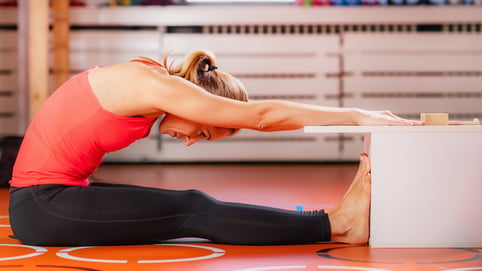 One of the best things you can do when it comes to tracking your progress with fitness is a fitness assessment. A fitness assessment is roughly a 30–60-minute consultation with a health and fitness professional where you are tested on the 5 components of fitness: body composition, muscular strength, muscular endurance, flexibility, and cardiovascular endurance. Some assessments may also test for balance, mobility, or more sports performance biased like power and agility. But for the sake of this article, we are focusing on the 5 components of fitness.
One of the best things you can do when it comes to tracking your progress with fitness is a fitness assessment. A fitness assessment is roughly a 30–60-minute consultation with a health and fitness professional where you are tested on the 5 components of fitness: body composition, muscular strength, muscular endurance, flexibility, and cardiovascular endurance. Some assessments may also test for balance, mobility, or more sports performance biased like power and agility. But for the sake of this article, we are focusing on the 5 components of fitness.
Generally, a health professional will want a client to go through an assessment before they start any form of a fitness program so they can best create a program that is going to work for them based on their goals and outcomes from the assessment. After the initial assessment it would be a good idea to reassess your progress 3-6 months later to see if you made any progress and how you can continue to improve. Fitness assessments are also scored and evaluated based on your age and gender. A health professional will sit down with you after your assessment and compare the results to normative data or age-adjusted charts to show where you should be based on data that has been researched to be accurate.
Why Are Fitness Assessments Important?
- They serve as a baseline measurement that a personal trainer or health specialist can use to compare results over a period of time.
- Serves as a source for a health specialist to build an exercise and/or nutrition program around.
- Evaluates strength, endurance, cardiovascular health, flexibility, and body composition that may shed light on how you can best reduce the risk for injury.
- Can increase motivation for a client to participate in an exercise program.
- Build trust between a client and health specialist that can cultivate great relationships.
3 Ways You Can Benefit from a Fitness Assessment?
- Fitness Assessments Give You More Information Than a Scale.
One of the biggest benefits of a fitness assessment is they give you more information to use than your generic bathroom scale. This is not to say tracking your weight isn’t valuable, because it definitely has its place, but a fitness assessment will allow you to see how you perform from a physical perspective. There are more data points that show more change over time which could lead to longer involvement in a fitness program and healthy habits.
- The Assessment Will Help You Set Goals.
With the ability to dig deeper into learning more about your body via the assessment, you can create more specific goals that are going to beneficial for your overall health and longevity. This will allow you to have more intent with your fitness program, so you have something more specific to work towards.
- The Assessment Will Help Keep You Safe.
There are so many ways to program for different types of people. A fitness assessment allows a health fitness specialist find out what exercises they can incorporate and what exercises may not be best for an individual. The assessment will also uncover any underlying issues that could be made worse by engaging in a fitness program.
Before starting an exercise program, a fitness assessment can be really beneficial in measuring the 5 components of fitness: muscular strength, muscular endurance, cardiovascular health, flexibility, and body composition. The results from the assessment will also help a health fitness specialist design your individualized fitness program. Many benefits come from these assessments and can help uncover more about your body and how to keep it safe and live a healthier life. Now that you have more information on fitness assessments, reach out to your local fitness center staff and get your appointment scheduled!


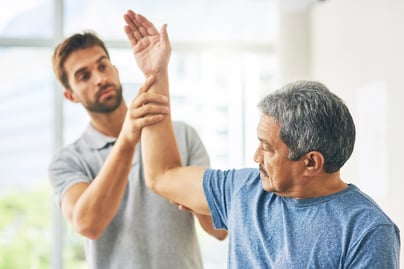 Arthritis is an increasingly common condition that refers to 100 different types of diseases, affects all age groups and affects 1 in 4 adults, equating to 80 million people in the United States. The most common form seen is osteoarthritis or degenerative joint d
Arthritis is an increasingly common condition that refers to 100 different types of diseases, affects all age groups and affects 1 in 4 adults, equating to 80 million people in the United States. The most common form seen is osteoarthritis or degenerative joint d
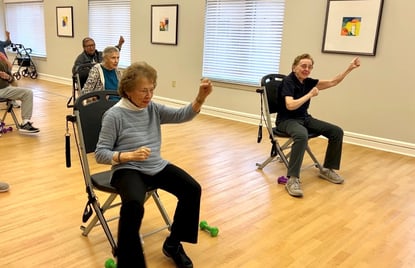 This is a great question because it is a priority for our clients (and for us) to make sure
This is a great question because it is a priority for our clients (and for us) to make sure 
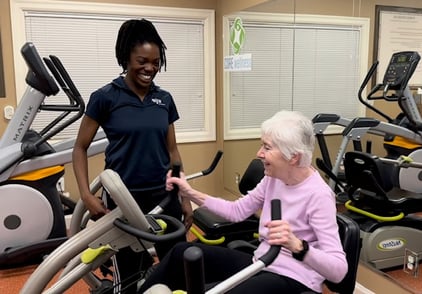 Staffing shortages
Staffing shortages
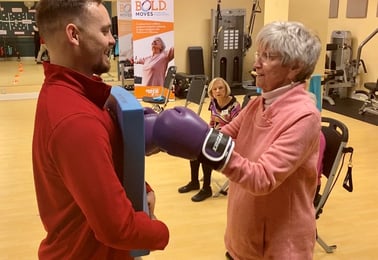
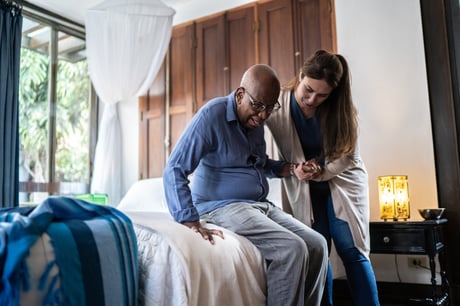 In sharing the many benefits of living in a senior living community with seniors, I often receive the response “I want to live in my home as long as I possibly can”. Making sure you are active and healthy can improve your life to maintain that desire to remain in your home. Below are 4 tips to consider before making that important decision.
In sharing the many benefits of living in a senior living community with seniors, I often receive the response “I want to live in my home as long as I possibly can”. Making sure you are active and healthy can improve your life to maintain that desire to remain in your home. Below are 4 tips to consider before making that important decision.
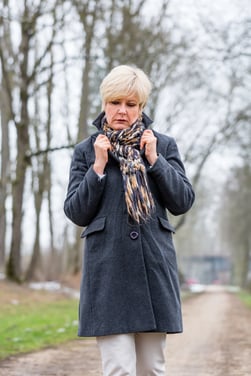 After the excitement of holiday parties and festivities slows down, we sometimes find ourselves in a funk. Life can seem a bit slow, minimal sunlight and weather keeps us cooped up inside, and we feel a bit sluggish. Get rid of winter blues with these tips to warm the soul.
After the excitement of holiday parties and festivities slows down, we sometimes find ourselves in a funk. Life can seem a bit slow, minimal sunlight and weather keeps us cooped up inside, and we feel a bit sluggish. Get rid of winter blues with these tips to warm the soul.
 Everyone is always wanting to know what the top trends for health and fitness each year are and in 2023 we are seeing concepts we can get on board with and fully support! Check out these tops trends and why we support and encourage our corporate fitness center members to adapt these trends.
Everyone is always wanting to know what the top trends for health and fitness each year are and in 2023 we are seeing concepts we can get on board with and fully support! Check out these tops trends and why we support and encourage our corporate fitness center members to adapt these trends.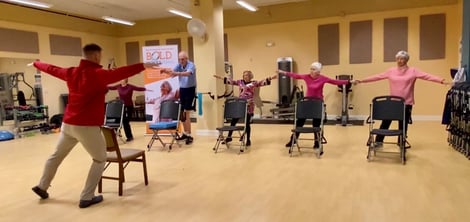 We make no bones about it that our
We make no bones about it that our 
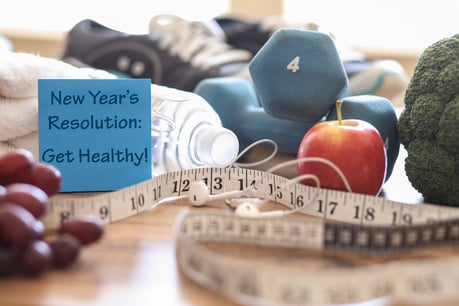 Are you striving to accomplish a new health goal this new year? Whether it is eating healthier, exercising more, or beginning a new health routine, you will need to create habits to help you achieve your goal. When deciding on which habits you want to form heading into the new year, you may want to first consider WHAT a habit is. A habit is a behavior that is repeated on a regular basis whether it is an action, routine, or lifestyle and often we don’t even think about it.
Are you striving to accomplish a new health goal this new year? Whether it is eating healthier, exercising more, or beginning a new health routine, you will need to create habits to help you achieve your goal. When deciding on which habits you want to form heading into the new year, you may want to first consider WHAT a habit is. A habit is a behavior that is repeated on a regular basis whether it is an action, routine, or lifestyle and often we don’t even think about it.